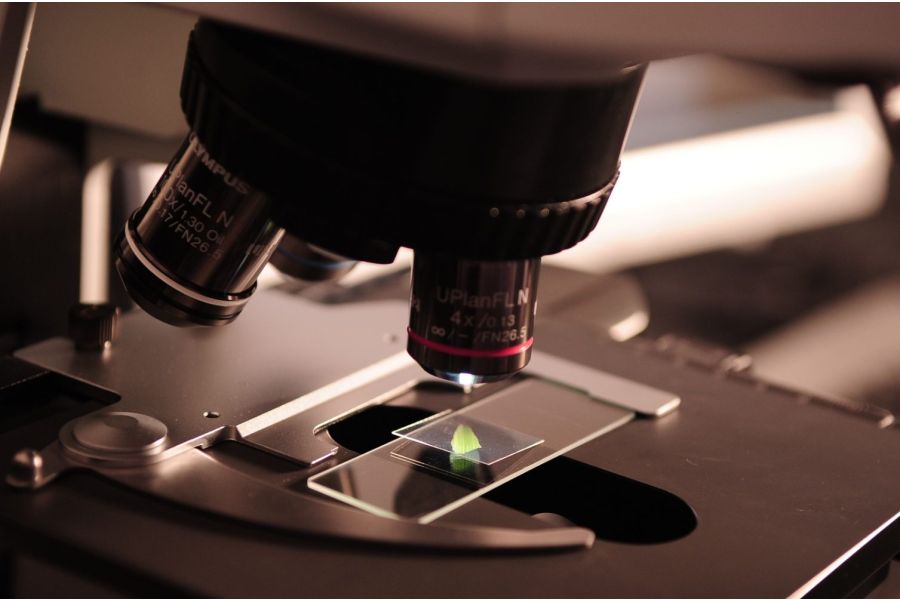(Photo credit: Pixabay)
In 2013,
CNN reported the powerful story of Charlotte Figi, a 6 year-old girl who successfully treated her severe, treatment-resistant epilepsy with cannabidiol (CBD), a non-psychoactive compound extracted from the cannabis plant.
Figi’s story resonated with many families in similar situations and sparked a wave of interest in CBD treatments for severe forms of epilepsy. Approximately
30 percent of people with epilepsy don’t respond well to conventional treatments, and numerous patients and caregivers have come forward in recent years reporting positive results to CBD treatments.
States across the country have also started allowing people with epilepsy to access the drug.
Despite all the momentum and accumulating anecdotal evidence, clinical research on CBD treatment for epilepsy-related seizures remains somewhat limited.
Here’s what we do know:
CBD reduces seizures in animal studies.
Multiple animal models have demonstrated cannabinoids can effectively reduce seizure frequency and mortality in epilepsy, according to an October 2015 report published in the journal
Neurotherapeutics.
The report’s analysis of 34 animal studies found CBD prevented or arrested seizures in 80.5 percent of seizure models in rats and mice, and produced no anticonvulsive effects in 19.5 percent of models. Notably, CBD did not increase seizure frequency in any animal models.
“Pre-clinical and clinical evidence have shown that cannabinoids such as CBD can be used to reduce seizures effectively, particularly in patients with treatment-resistant epilepsy,” the authors wrote. “However, many questions still remain regarding the mechanism, safety, and efficacy of cannabinoids in short- and long-term use.”
CBD may reduce treatment-resistant seizures in humans with epilepsy.
A study published May 25, 2017 in the
New England Journal of Medicine found CBD treatments decreased the frequency of convulsive seizures in children with Dravet syndrome, a severe and potentially fatal epilepsy disorder.
The randomized, double-blind, placebo-controlled human trial included 120 children and young adults with Dravet syndrome and drug-resistant seizures. Participants were randomly selected to receive either a CBD oral solution (at a dose of 20mg per kilogram of body weight per day) or a placebo, in addition to standard antiepileptic treatment, over a 14-week treatment period.
Findings show CBD reduced convulsive seizure frequency by approximately 23 percentage points more than placebo. About 43 percent of patients receiving CBD treatments saw at least a 50 percent reduction in convulsive seizure frequency during the trial, compared with 27 percent of patients receiving placebo who saw the same reduction in convulsive seizure frequency. Five percent of patients receiving CBD became totally seizure-free, while zero percent of patients receiving placebo became seizure free.
CBD was, however, associated with higher risk of adverse events, including diarrhea, vomiting, fatigue and other effects, according to study findings.
“When conventional treatments do not work, as is the case for roughly 30% of people with epilepsy, it is not unreasonable to consider cannabis,” writes the nonprofit
Epilepsy Foundation, cautioning the treatment should only be considered after “thorough evaluation at a specialized epilepsy center and once conventional treatments (pharmacologic and nonpharmacologic) have been reasonably tried.”
More research is needed.
Federal law has heavily stymied large-scale human trials of CBD, and some medical professionals still hesitate to recommend the cannabis extract for patients with epilepsy.
A comprehensive review of existing cannabis research published in January 2017 by
The National Academy of Sciences concluded there was not enough evidence to prove cannabis oil actually treats epilepsy.
The report also argued that more research is desperately needed to better understand the potential therapeutic uses of medical cannabis.
Marijuana’s Schedule I status poses significant barriers to CBD research in the U.S. However, key figures have recently begun voicing support for reducing these barriers, including acting director of the National Institute on Drug Abuse (NIDA), Nora Volkow, who
testified before Congress on the matter in 2015.
“Much more research needs to be done, but it should be done quickly. Parents can’t wait—their children are growing; their children’s brains are actively developing; and the repeated seizures may be damaging this growth,” Volkow
wrote on her blog.
“CBD appears to be a safe drug with no addictive effects, and the preliminary data suggest that it may have therapeutic value for a number of medical conditions,” Volkow continued. “NIDA will do what we can to address such barriers and expedite the study of this potentially valuable compound, as well as other components of the marijuana plant.”
A handful of CBD-based pharmaceutical products for the treatment of severe epilepsy are currently in trials or development, including CBD oral solutions from
Insys Therapeutics and
GW Pharmaceuticals and a transdermal synthetic CBD gel patch from
Zynerba Pharmaceuticals.

